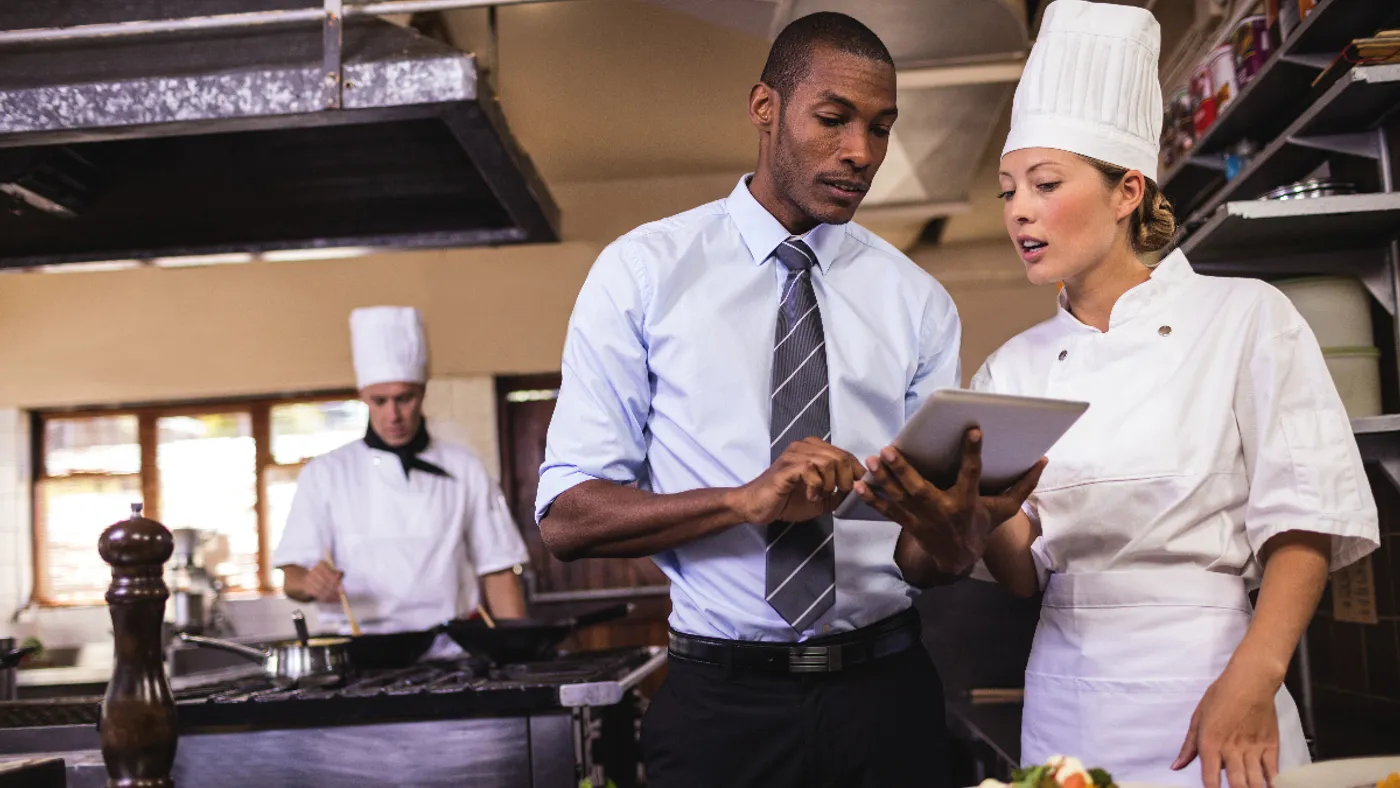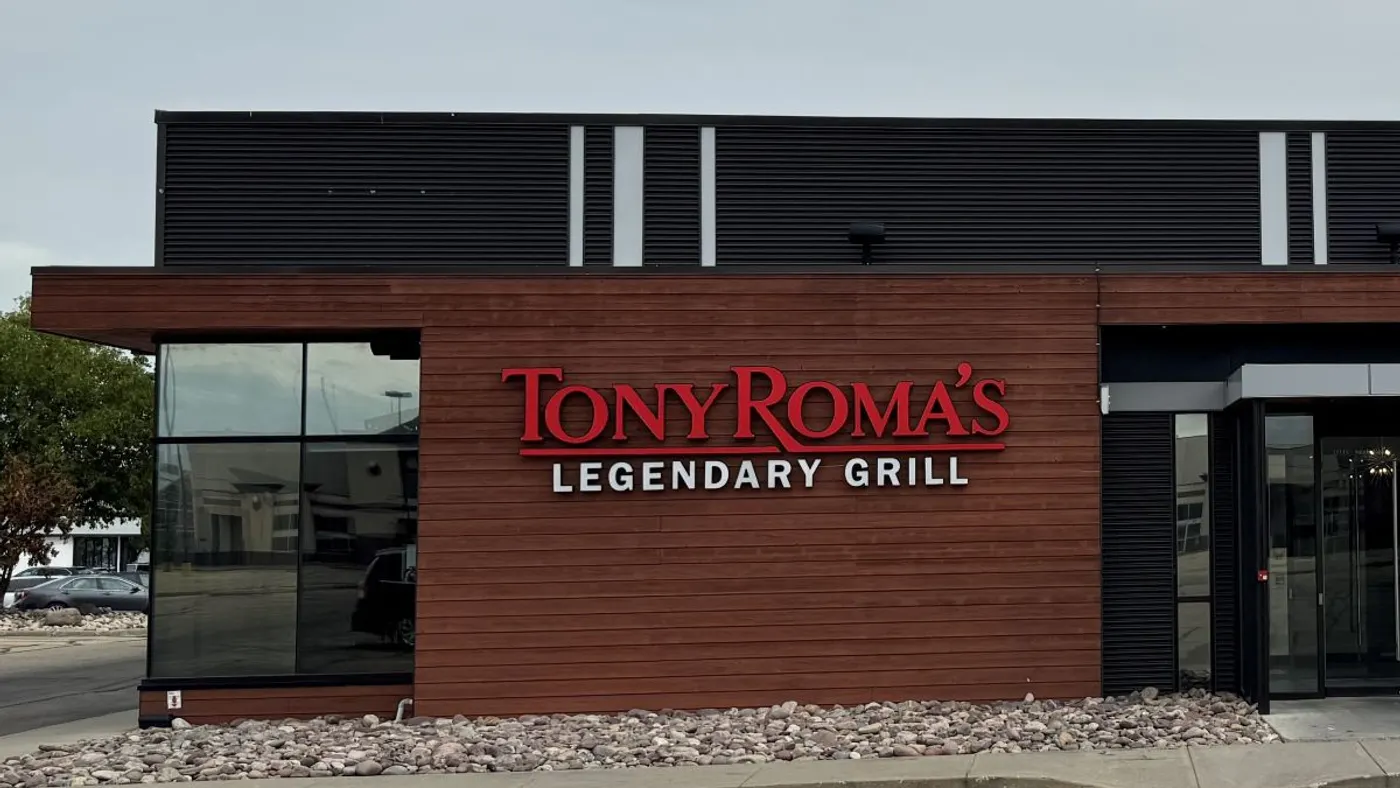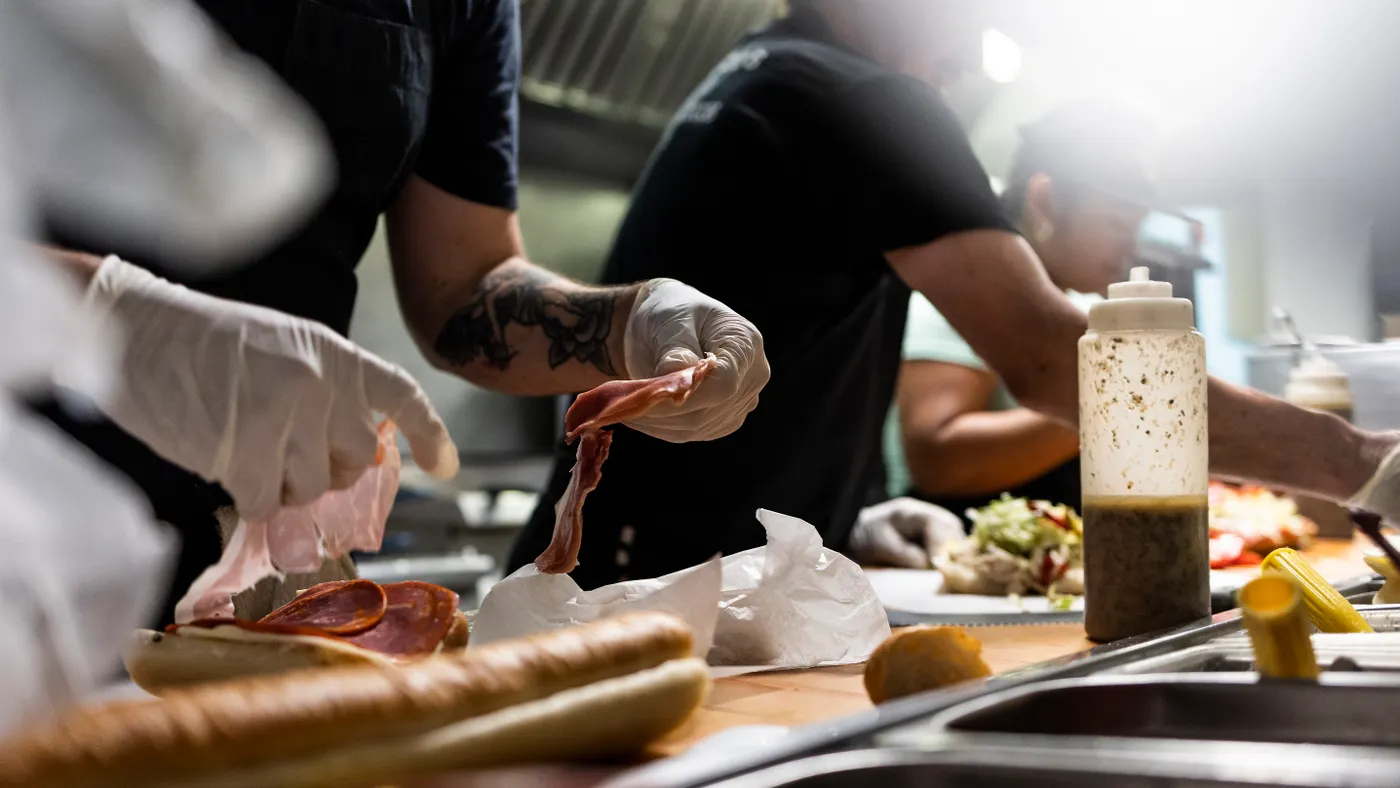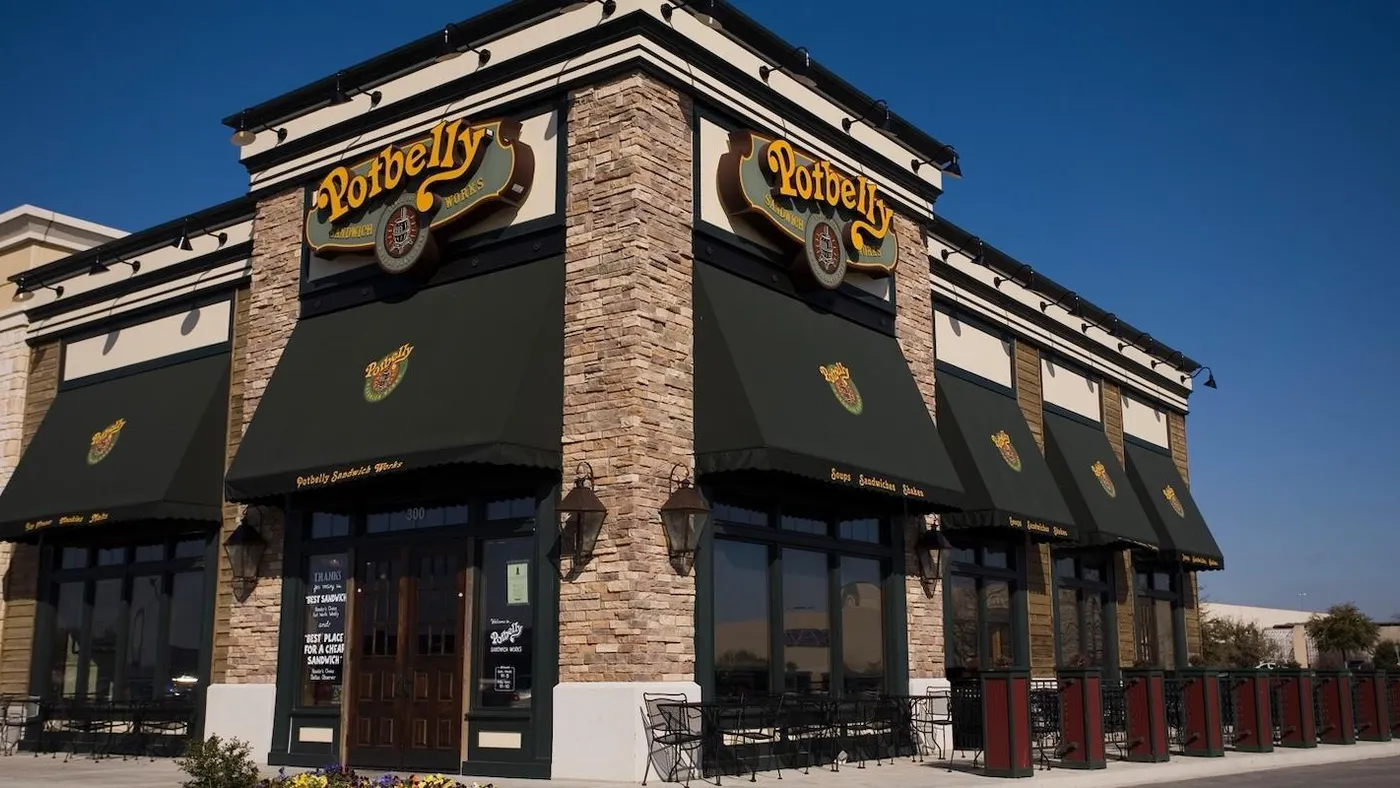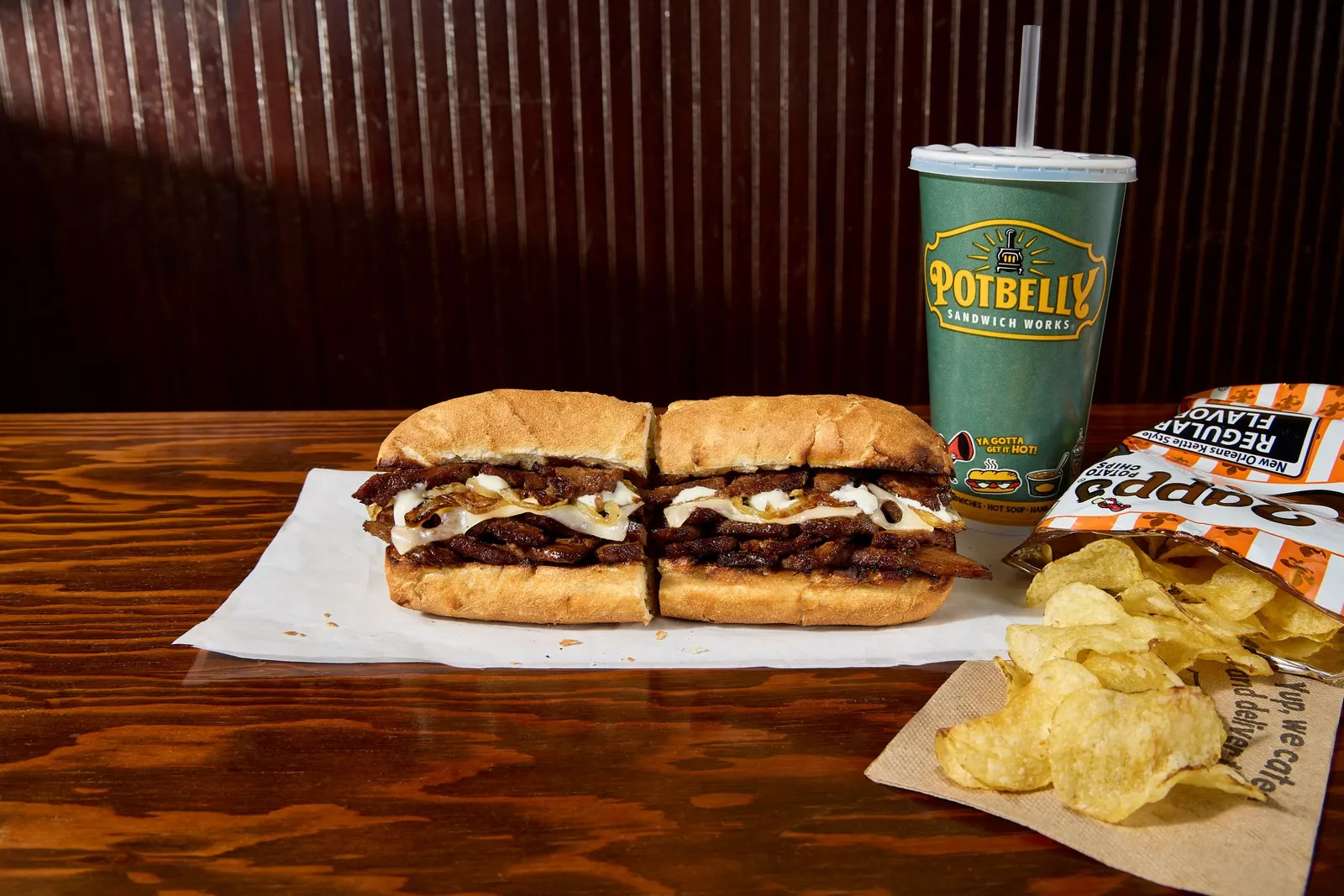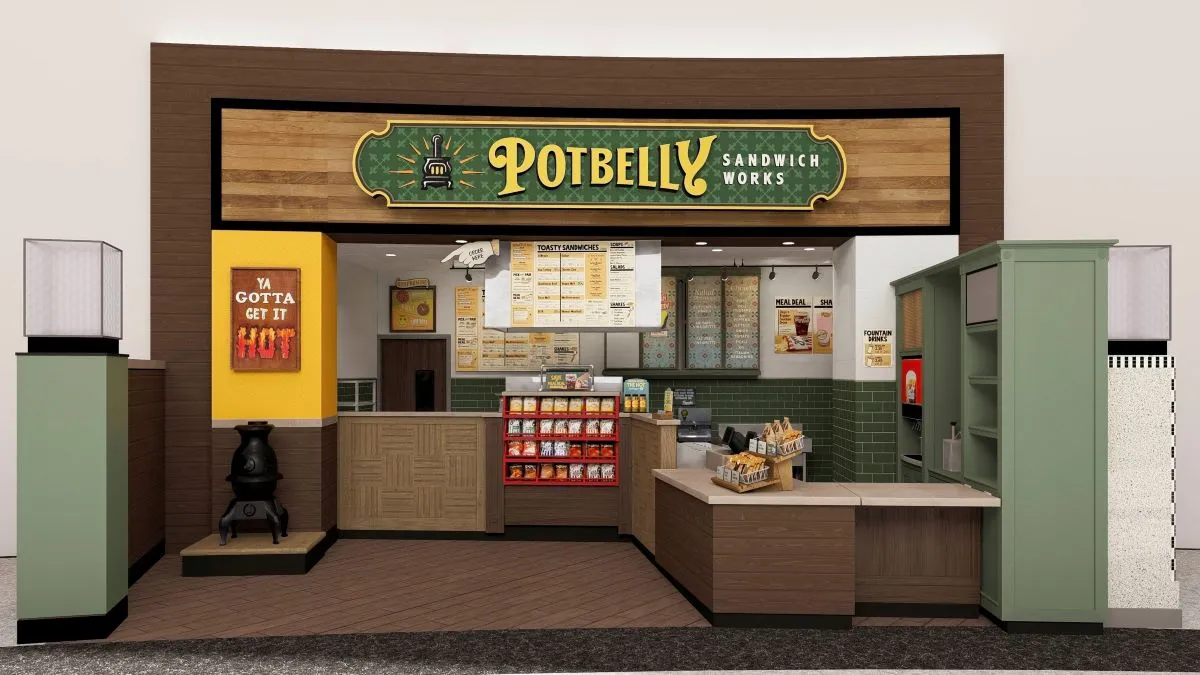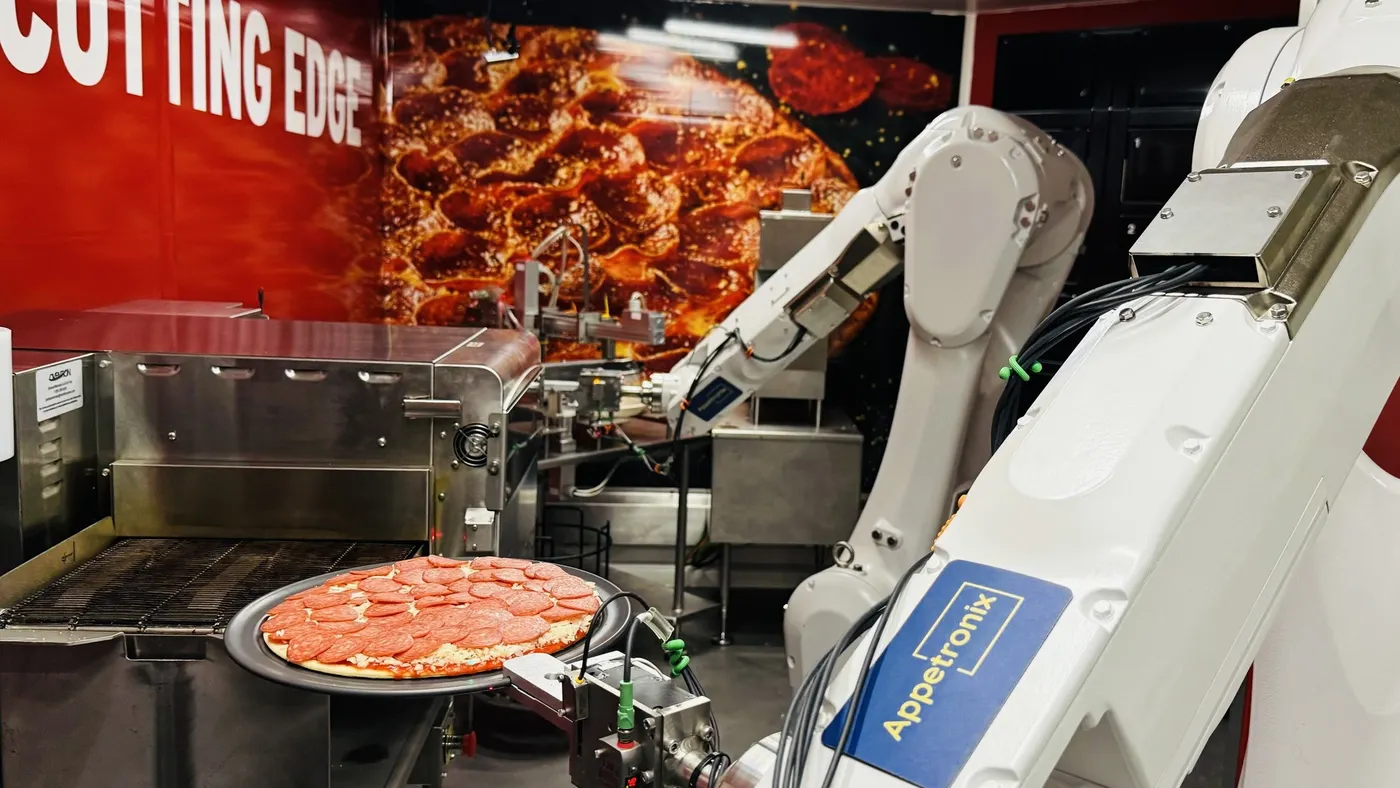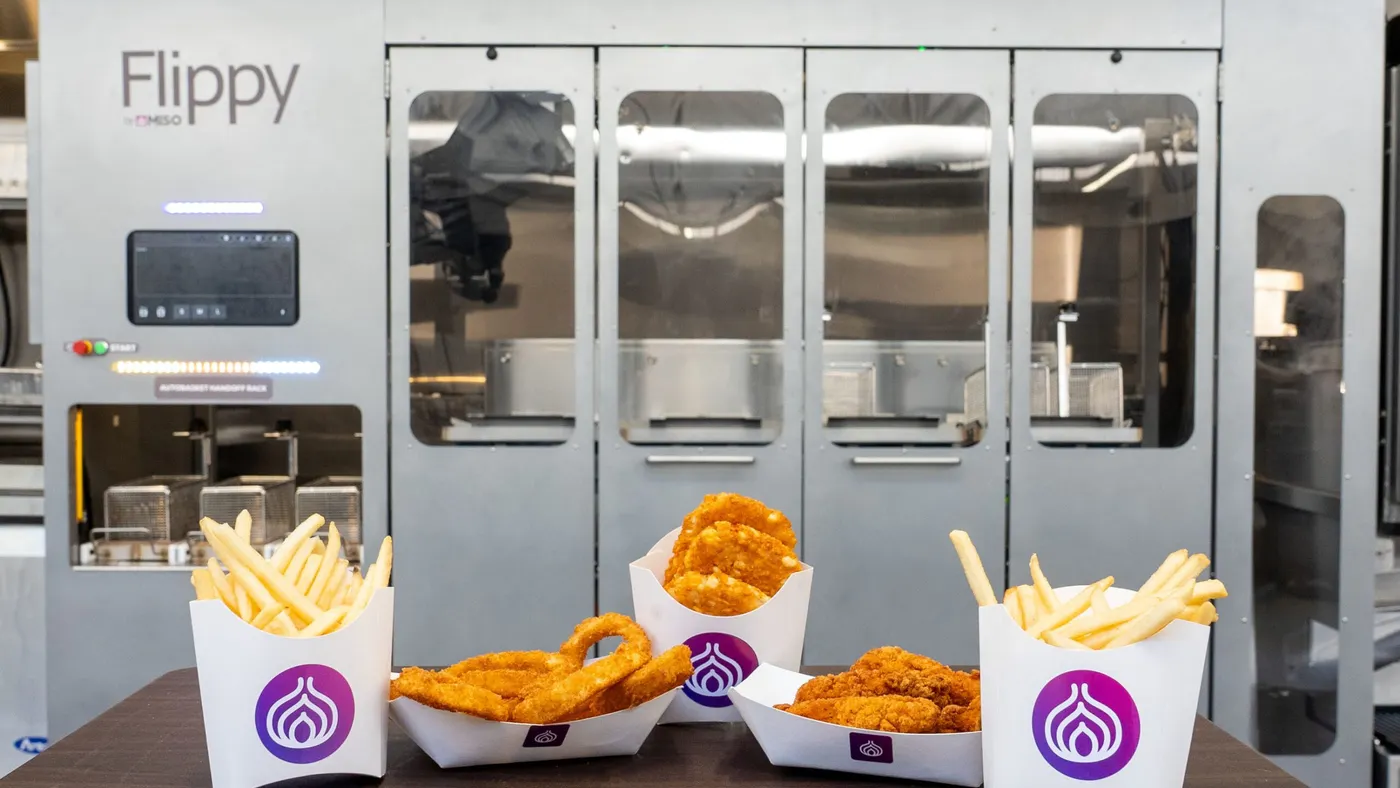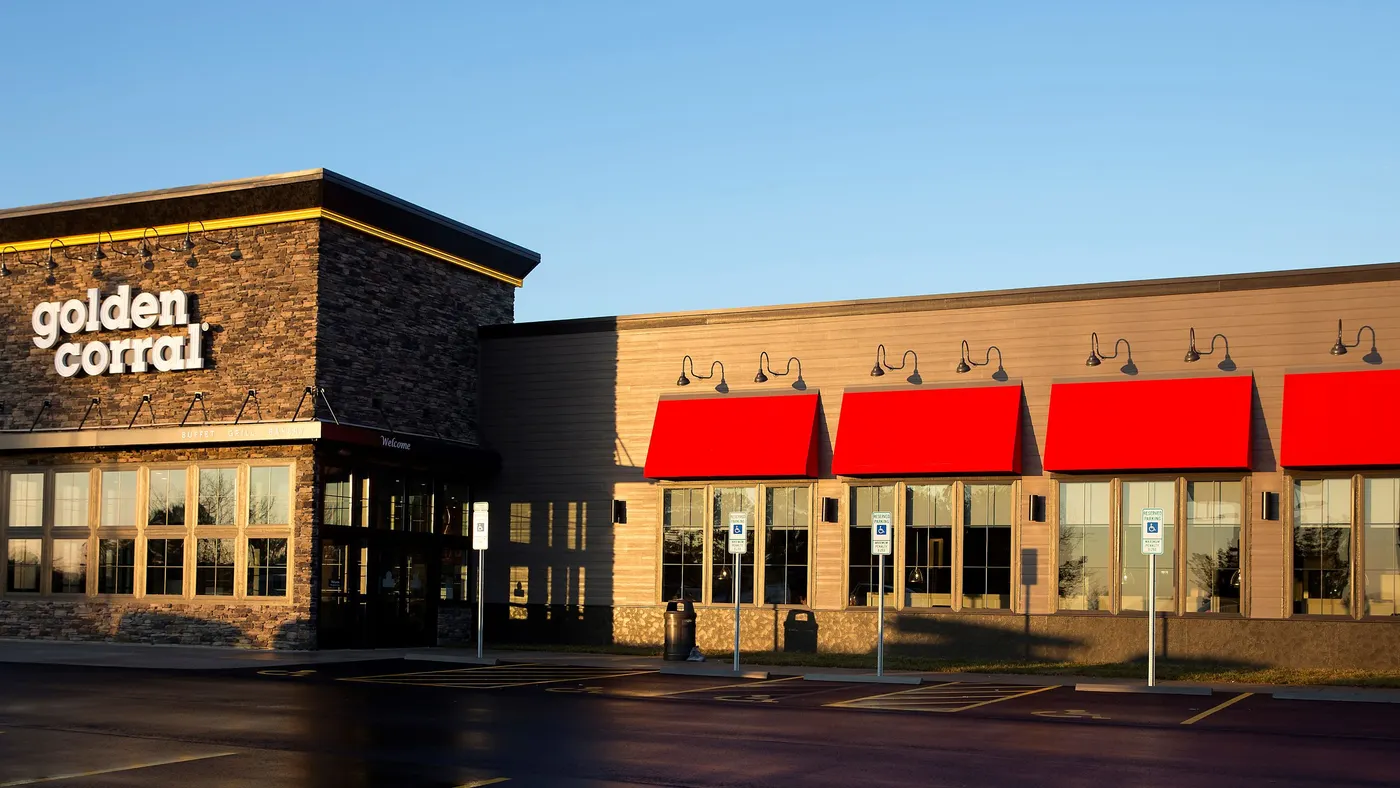
Inside Golden Corral’s complete tech overhaul
When Dawn Gillis joined Golden Corral as its chief information officer in 2023, she realized the chain had a big problem. It hadn’t invested in technology in nearly 15 years, restaurants had aging hardware and the entire system was in bad need of an overhaul.
“There were many failures causing significant downtime,” Gillis said in an interview with Restaurant Dive.
The company’s extant aging technology infrastructure made it easier to get franchisees on board, Gillis said.
“It was getting in their way of doing business,” Gillis said “There was a huge business value for all franchisees to actually participate in getting this completed.”
This was particularly helpful given the ambitious scope of the tech overhaul.
Golden Corral deployed Qu’s technology platform across its entire restaurant system in a seven-month-long overhaul of the buffet concept’s tech capabilities. The new system will open up a wave of new opportunities at the chain.
“We did a full scrape and replace,” Gillis said. “We did everything from the jack in the wall that came in with the [internet service provider] service all the way to the in-restaurant WiFi. We changed everything when it came to the technology there.”
An off-premise buffet?
Golden Corral’s Qu-backed tech suite consists of a series of integrated digital systems, including point-of-sale, kitchen display systems and inventory management systems with forecasting capabilities.
Among the biggest opportunities the tech stack opens up is online ordering.
The brand has offered online ordering and off-premise dining for years, Gillis said, but is placing a greater emphasis on the channel now as consumers continue to look for digital experiences.
Historically, Golden Corral’s off-premise program started with a “weigh-and-pay” offering, Gillis said, where consumers would load up a container. In recent years, the brand started offering curated dishes, like fried chicken, with menus varying location by location.
Golden Corral will expand and standardize its digital offerings, with Qu’s more robust tech and kitchen display systems helping to manage the demand.
“We're going to have an area designated for the processing of online orders,” Gillis said.
The KDS system is linked to third-party aggregators and Golden Corral’s website, so consumers can order the same menu items served in store but packaged and prepared for off-premise.
Ultimately, the chain is planning to double its online order mix from 5% of sales to 10% in 2025, Gillis said.
“We have some locations that are actually doing 30% off-premises and online orders. So we know that it works in our model if the restaurant is configured appropriately, and we know that we can do those kinds of numbers,” Gillis said.
Qu’s tech was designed with multi-channel fast casual and QSRs in mind, and Golden Corral is the first buffet chain Qu has worked with, Qu CEO Amir Hudda said. Qu would usually have avoided working with a sit-down restaurant, but Gillis persuaded the tech company that its in-store ordering process is more similar to QSRs than to casual dining.
“You walk into a restaurant and you ask them for two buffets, and you pay for it, and then you get your plates and you eat all you want. It's no different than a quick service restaurant,” Gillis said.
Reducing training and technical complexity
Integrating the brand’s software solutions has brought some surprising benefits. The time it takes to train cashiers on the brand’s point-of-sale system has gone from about three working days to 30 minutes on average, Gillis said, attributing this time savings to Qu’s user interface.
“It's a very simple interface that mimics a lot of the natural interfaces that you might find in consumer mobile devices,” Gillis said. This makes it easy for workers used to digital interfaces to pick up the system.
The POS has other benefits, too, such as daypart pricing. This means that franchisees can adjust prices and menu items through a granular, permission-based model, rather than strict corporate responsibility for pricing. That means corporate can leave pricing to franchisees it feels are capable of doing so while managing it for others, Hudda said.
Having all the locations on one digital ecosystem also makes it easier for Golden Corral to monitor sales and performance, change the menu and analyze data, Gillis said.
This is a change from legacy systems that were location based and stored data locally. That meant maintenance was slow and time-consuming since updates and changes had to be made manually across all of its 350 locations.
Up time and AI
Golden Corral also has access to Qu’s use of edge computing, which adds a layer of redundancy to cloud-based systems, Hudda said. Qu’s edge computing works on an in-store device that runs a version of the same software that would normally run on the cloud.
“When your commerce system, when your entire business is running on a cloud-based platform, and you can't take Wi-Fi for granted, that has the potential for causing chaos,” Hudda said. Edge computing avoids downtime caused by Wi-Fi or other tech problems.
Qu’s KDS and POS systems can work through cloud computing or through an in-store device. If one system fails temporarily the tech switches to operating through the other computing process, meaning the operator can still process transactions as normal. This is key for high-volume brands, which can’t tolerate widespread tech disruptions, Hudda said.
Qu uses a form of analytical artificial intelligence, which it was working on well before AI became the buzzword, to power an app called Notify, Hudda said. The Notify system gives operators real-time insights into sales and labor trends.
“They're able to see things down to who's clocked in for their shifts and who's not, basically anywhere they are in the world, so they can always check on their business when they're remote,” Gillis said. The app also analyzes staffing efficiency based on factors like sales and weather, giving franchisees greater insights into their operations. These insights, Hudda said, will prepare the brand for long-term growth.

